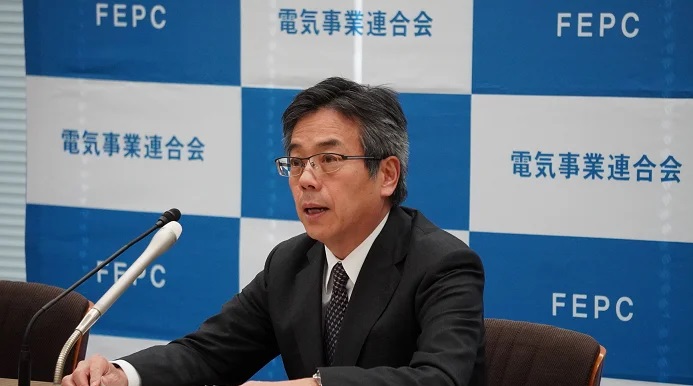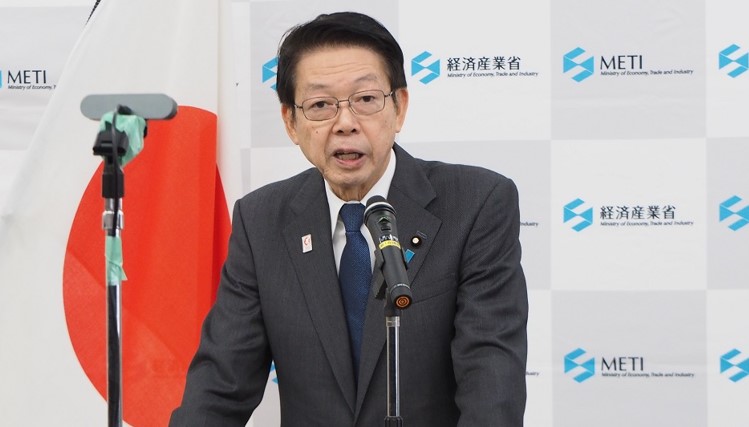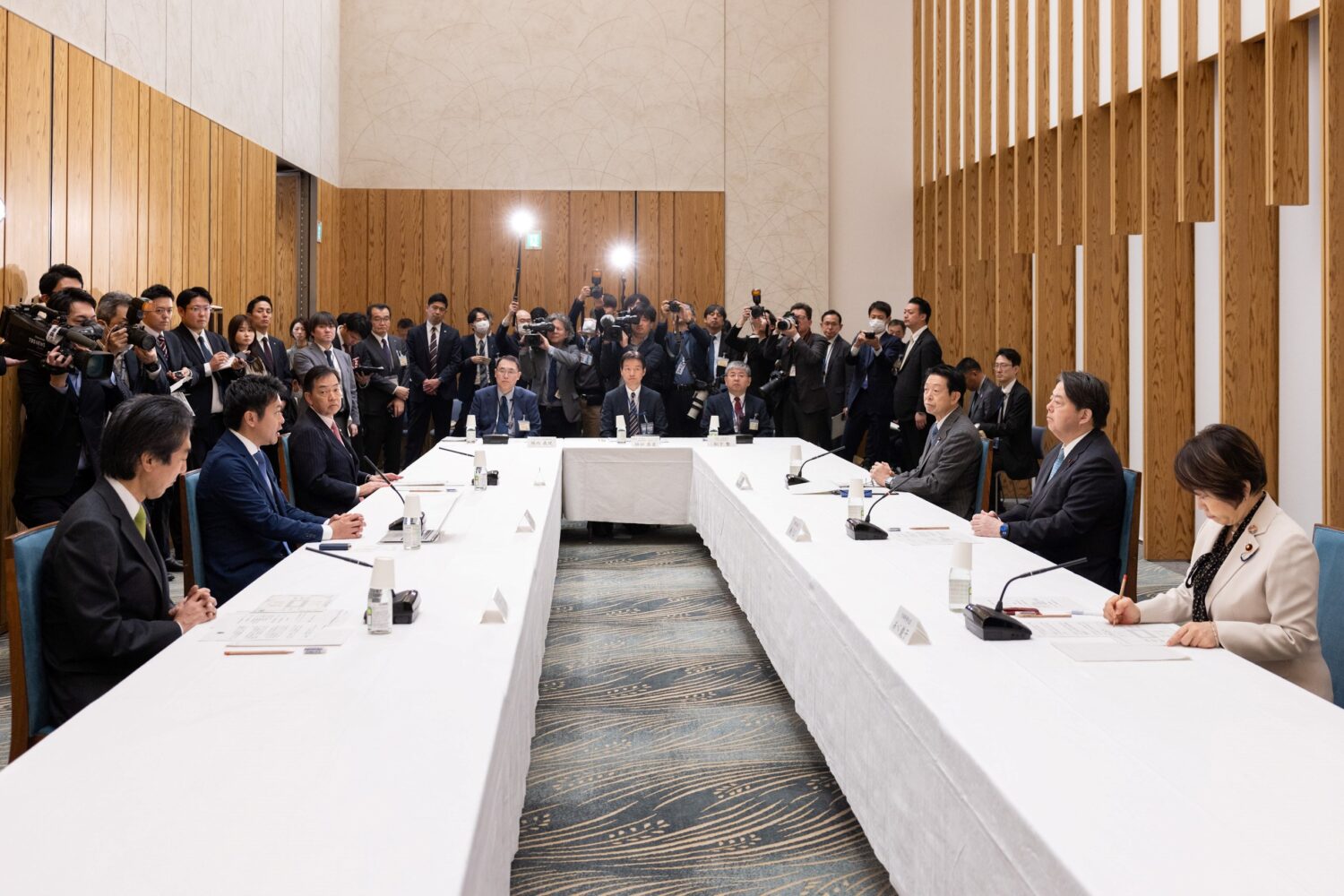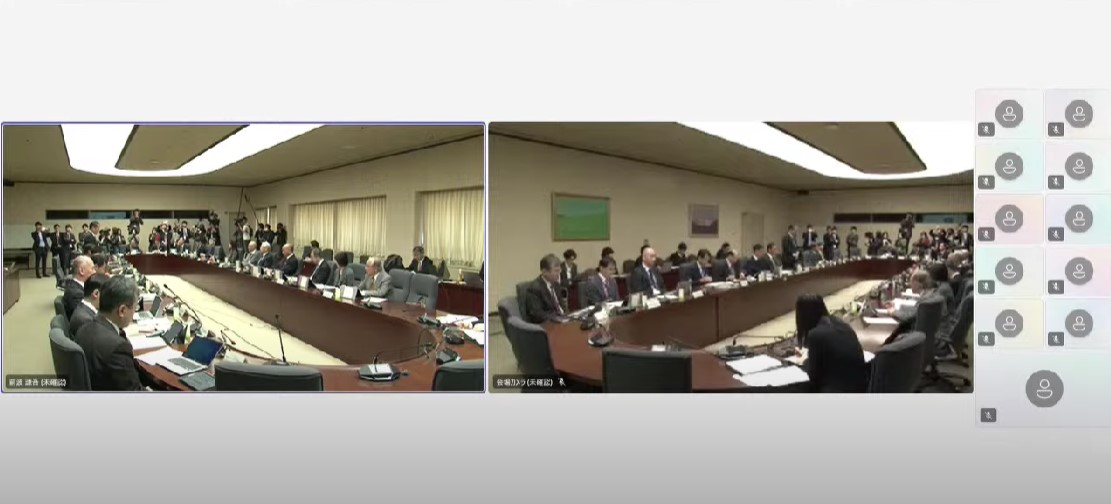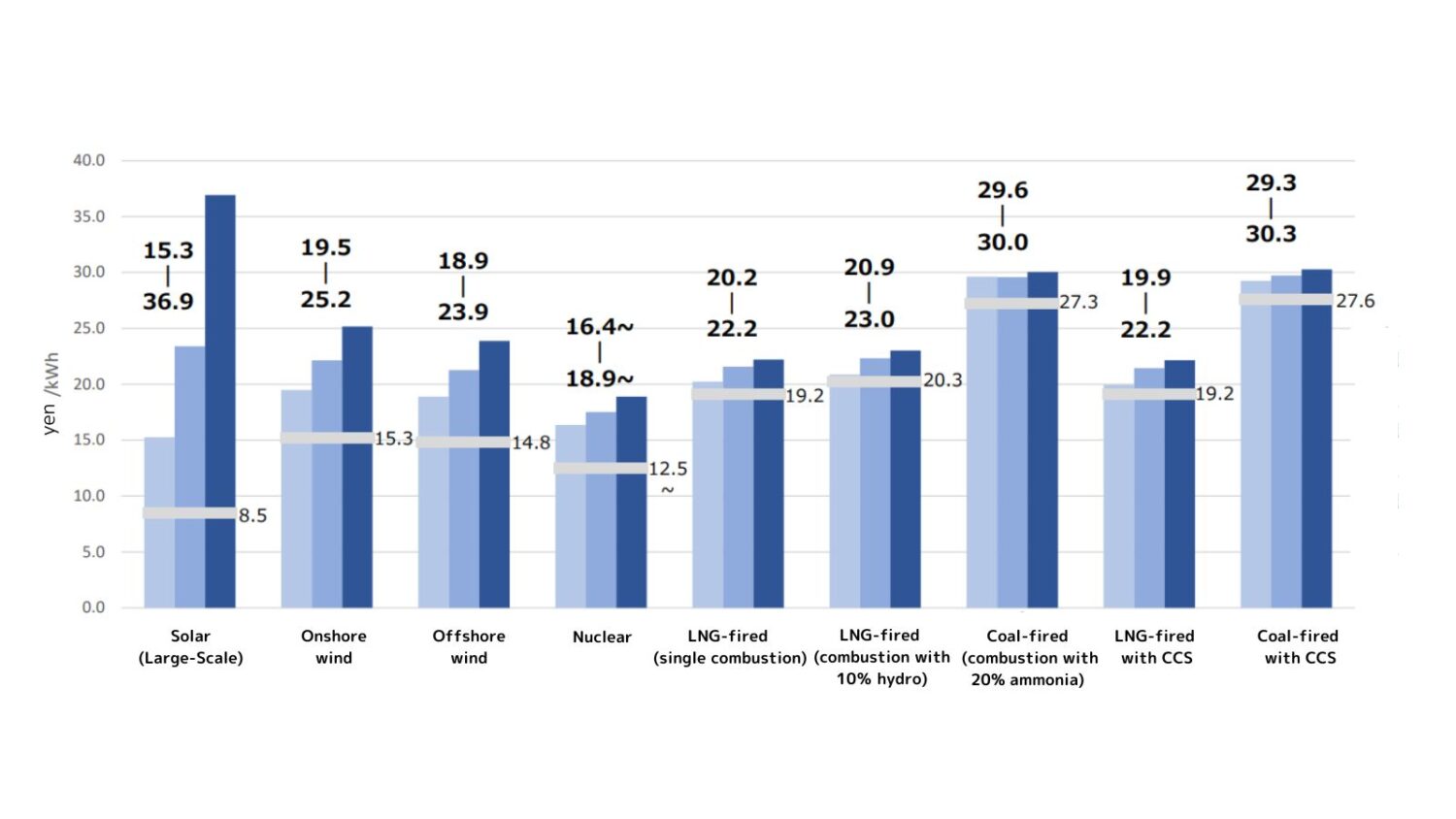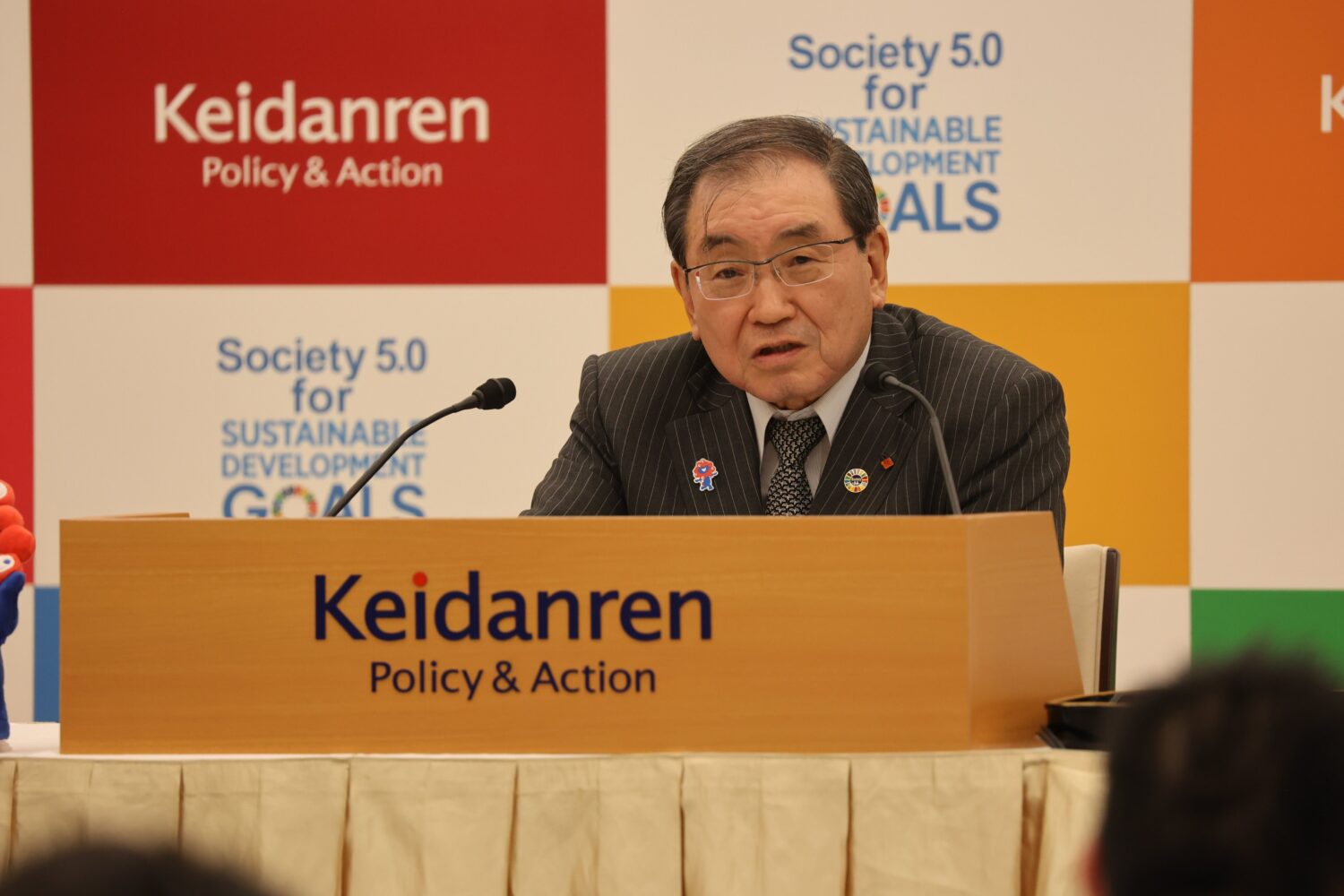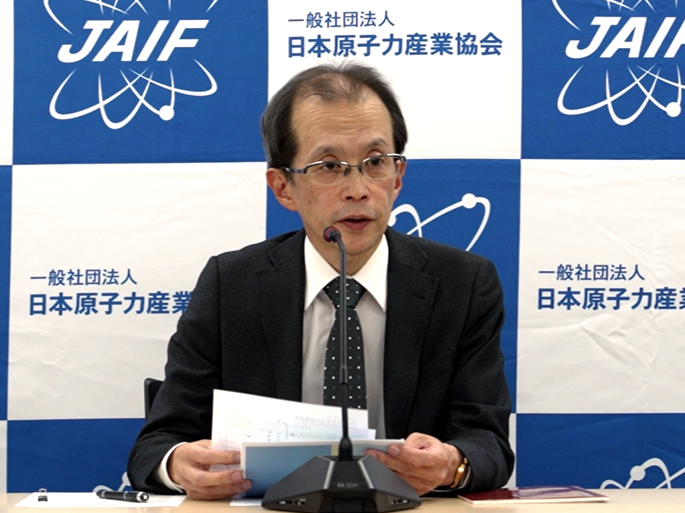In all four scenarios, the total amount of generated electricity in 2030 was assumed to be about 1,000TWh, equivalent to the level of recent years.
Scenario I posited that no nuclear power plant (NPP) would be operated (that is, nuclear power would account for 0% of the total power mix). Meanwhile, in Scenario II, 40 years of NPP lifetime operation was assumed (with a nuclear share of 15%). In Scenarios III and IV, however, extended years of NPP lifetime operation were assumed (nuclear power shares of 25% and 30%, respectively).
With the aim of accelerating R&D toward decommissioning the Fukushima Daiichi NPS, along with carrying out the development and demonstration testing of a technological infrastructure for remote-controlled equipment and devices, the center will be completed by the end of FY2015 (i.e., by March 31, 2015), with full operation to begin during the upcoming fiscal year. A groundbreaking ceremony and prayers for safety took place on September 26, 2014.
The shares of renewable energies and thermal power were also set, with an evaluation made of the effects on the energy supply and demand in general, as well as on the economy and environment.
Power generation-related costs were calculated at JPY21.0/kWh and JPY19.0/kWh in Scenarios I and II, respectively, exceeding the JPY14.8/kWh of Scenario IV. Furthermore, from the viewpoints of real GDP and spending on imported fossil fuels, the economy was clearly shown to be adversely affected in those scenarios that had an increased dependency on high-cost power sources. For example, the difference in real GDP between Scenarios I and IV was estimated to be as much as JPY10 trillion.
In Scenarios III and IV, half of the total generated electricity would be provided by renewable energies and nuclear power, both of which are zero-emission power sources. Not only would the energy-derived CO2 emissions be minimized, but energy security would also be substantially ensured, as both nuclear and renewables are domestic or quasi-domestic resources in Japan.
Overall, with its comprehensive look at the quantitative effects on the economy and environment, as well as on energy security, the IEEJ analysis suggests that Scenario III would probably be the most desirable, with the use of not only renewable energies but also nuclear power and fossil fuels.
In the IEEJ analysis, installed gross nuclear capacity was put at 45 GW in Scenario IV, with a capacity factor set at 90% and total nuclear electricity production at 353TWh.





